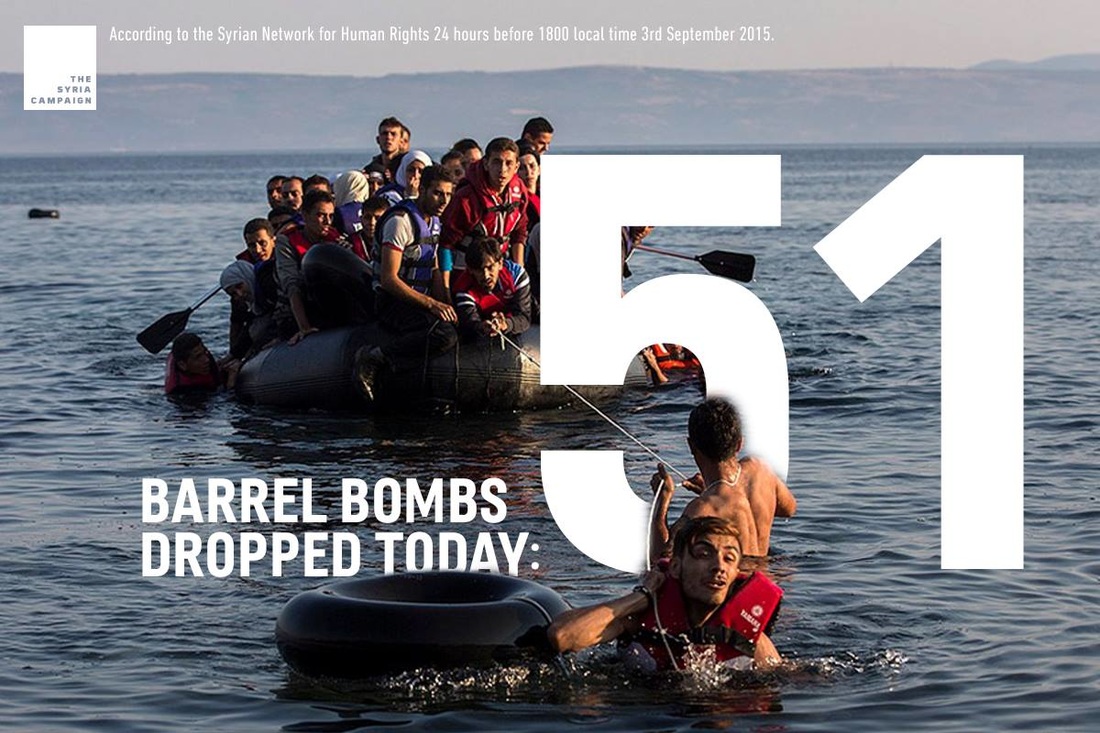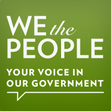Social media is fun, but it can be risky. Putting info about yourself out on the internet for anyone to find, communicating with strangers, letting them in on your daily activities - this can be risky. It’s a fact most people have heard and it’s why there are privacy settings and approvals.
If you’re a sex trafficker, you want to be where the vulnerable are. You know kids and teenagers use social media like it’s their job, so why wouldn’t you be on social media too? |
Still, a lot of people don’t know that traffickers use social media too. We don’t think about it that way. But consider: traffickers prey on the vulnerable. (Wait a minute, I’ve written that before! Both here and here. That’s because it’s super-duper true and it bears repeating.) If you’re a sex trafficker, you want to be where the vulnerable are. You want kids and teenagers (because there’s demand for sex with them, #realtalk) and you know kids and teenagers use social media like it’s their job, so why wouldn’t you be on social media too? Facebook, Twitter, Snapchat, Instagram, Tagged, Tumblr, Pinterest, you name it – if kids are using it, traffickers are too.
|
And what’s more, they not only use this stuff to recruit kids (like in this story andthis one and this one), but they’re also using it to do the selling. Because you know who else uses social media? Well, everybody. But my point is that ‘everybody’ includes buyers. A pimp may have posts on Backpage and other sites where he’s selling people for sex, but the goal is to get potential buyers to see his posts. So he puts them where more people will see them – on all those social media sites I just mentioned.
But wait. Aren’t there rules against this? (You may be asking yourself.)
Frankly, no. There are not explicit rules against it or if there are policies, they aren’t really enforced because most of those in charge of social media haven’t yet caught on to this problem. Or if they have, they’ve decided to stay out of it because of issues of self-expression and freedom of speech and whatnot.* Also, laws haven’t caught up to the full usage of the internet yet. It’s not illegal to talk about buying or selling sex, so they can get away with it.** Sites like Facebook and Instagram might get rid of the occasional dick pic or photo about menstruation or breastfeeding, but they haven’t shown much, if any, progress in dealing with the sale of sex.
But wait. Aren’t there rules against this? (You may be asking yourself.)
Frankly, no. There are not explicit rules against it or if there are policies, they aren’t really enforced because most of those in charge of social media haven’t yet caught on to this problem. Or if they have, they’ve decided to stay out of it because of issues of self-expression and freedom of speech and whatnot.* Also, laws haven’t caught up to the full usage of the internet yet. It’s not illegal to talk about buying or selling sex, so they can get away with it.** Sites like Facebook and Instagram might get rid of the occasional dick pic or photo about menstruation or breastfeeding, but they haven’t shown much, if any, progress in dealing with the sale of sex.
|
Pinterest, however, is doing a great job of this. Most people don’t think of Pinterest as particularly social media, since Pinterest boards are intended to save items for ourselves, rather than share them publicly. But pictures, videos, links – these can all be shared on Pinterest. And who would suspect that a buyer might look among the dessert recipes, fashion inspiration, and DIY how-tos for pictures, videos, and links to ads for sex? Golly, what a clever place to hide.
|
Long ago (and quietly, for such is their style) our friends at Pinterest banned all pinning of revenge porn. Recently, they’ve done the same for ads from Backpage. Nothing from Backpage may be shared on Pinterest. Ever. Blacklisted. BAM! And not only that, but Pinterest’s policy and safety teams have now been trained by our very own Tina Frundt so they know what to look for and how to fight it. Plus, they’re going to blacklist other sites that sell sex, too! This is great news. Even then, the Pinterest staff were the first to point out that they shouldn’t stop here and “rest on their laurels” - that we all can and should be doing even more.
Pinterest is taking action and protecting the vulnerable in ways that other social media sites haven’t even considered. This is a humungous win from a site that keeps a low profile. Way to go, Pinterest! Here’s hoping other social networks catch up with your social consciousness soon.
Rachel Boyce
Director of Operations
*To be clear, I’m pro self-expression and freedom of speech. I’m just saying there has to be a way to balance that with preventing people from being victimized. In the non-internet world, you’re free to speak your mind but as soon as you threaten someone, you’ve crossed a line. When it comes to the internet, we haven’t really agreed on that line yet.
**If it were, there are a lot of rappers who would be in trouble, and many of them should be because they’re telling the truth in those songs. But that’s another blog for another day. For now,read this.
Pinterest is taking action and protecting the vulnerable in ways that other social media sites haven’t even considered. This is a humungous win from a site that keeps a low profile. Way to go, Pinterest! Here’s hoping other social networks catch up with your social consciousness soon.
Rachel Boyce
Director of Operations
*To be clear, I’m pro self-expression and freedom of speech. I’m just saying there has to be a way to balance that with preventing people from being victimized. In the non-internet world, you’re free to speak your mind but as soon as you threaten someone, you’ve crossed a line. When it comes to the internet, we haven’t really agreed on that line yet.
**If it were, there are a lot of rappers who would be in trouble, and many of them should be because they’re telling the truth in those songs. But that’s another blog for another day. For now,read this.




 RSS Feed
RSS Feed
